Video Menu
My Favorite Videos
My Favorite Videos
Live Lesson - How to Fix Your Arms by Fixing Your Legs in the Backswing
Sorry, you need to be a member to access this video.
You Are Just Seconds Away - Become a member here!
Already a member? Log in now

Do you struggle with your arms getting too deep or too disconnected during the backswing? Did you know that the problem may not be your arms at all! Watch how I fix this student's arm position at the top of his backswing without focusing on his arms at all! It's RotarySwing magic!
i think i can hear you now there you are one second here got it i've got a chair now smart play um internet's rocking uh connection looks good yeah i have no idea why you know comcast my isp when i do a test right next to it it only shows 50 yet when i go to euro it shows 400 so euro should only be as fast you know as your isp it's just throwing showing the throughput on your net worth not actually what you're getting connected to the internet i would think gotcha okay yeah so yeah it's doing wonders so you're right i did set up six of them which is a little overkill but yeah but they at least they work man they work um cool so i saw yeah i watched your video i didn't have too much time to practice i did some stuff with the right leg and i know you mentioned just you know still a little bit overactive on the arms um you kind of answered my questions don't worry too much where your arms land on these practice you know backswings um yeah i always have a feeling of depth rather than a little more vert it seems like you guys have um yeah it's just like you're saying don't worry about that just got to be in the ballpark when you're stopping at the top because again as i showed you like you're already transitioning so much earlier in the real swimming so yeah um so i won't worry about that now or maybe it doesn't even make a difference um and then the one thing i know you're saying you know once my body works out i won't have to worry about the rotation um two days ago i just no matter what i did no matter how well i rotated no matter what i was still just getting that a little bit of rotation and the club was just pointing you know flat so i did take some time just you know thinking about not doing my left hand at all yeah i know that's a little mechanical but you know at least it kind of got me to a good spot sure for the time being so yeah no you're gonna i mean at times you're gonna go through that stuff where you kind of got to swing the pendulum we're always going to get that pendulum to stay in the middle right yeah at times you know when things are overactive then you've got to kind of go the other side it's really difficult for most people to kind of get right back to the middle on first swing right that's why it helps you just know that other barrier okay this is you know like what you started doing you start taking the club way outside your hands and really exaggerating this stuff you know it's okay to do that stuff and nothing else like the most important thing for you to is to learn right it's for you to learn how to teach yourself yeah and so by making big mistakes that's really where you learn the most just like anything else in life right so going way to the other side and like saying okay i'm going to really just keep my wrist like even rigid for a second just to see what it looks like you're learning you know even if it's not the exact way you're going to do it it's really important because you're just putting that that tool away in your toolbox so you can reference that later on like okay i know if i go way to the other side i at least know how to get back to the middle yeah so it's good to do that and experiment with it as long as you know where you're really trying to get as long as you're not like okay this is going to be my thing i'm just going to lock my wrists in here not move them yeah that's when you run into trouble i think for now visually aside from we'll see where my hands end up on a real swing visually i can tell when the butt is facing at a reasonable vertical level i'm doing it right versus you know i can tell when i'm out here so yeah okay cool so where so what do you want to focus on today are you ready you want to double check backswing stuff and then start doing transition or where do you feel ready for you uh let's definitely make sure my right leg is working properly like you said in that video um yes when i am recording i'm very rigid because i used to slide so much back okay i'd have to lunge back to the ball just to get it right so that's why i'm so rigid i look at that hip line you know every time i'm staring at a line so maybe i don't know want me to do a few more active rotations with my back leg and just kind of see where if it's too much or not enough well what i want to get you next my goal with you is to understand how to get the lower body to work so the whole for the whole downswing actually for the whole swing really but when we're doing stuff in the backswing for me i've always found that the backswing is is really difficult for people to learn unless you break it into two halves right and that's really upper and lower because there's as you found like just getting you know the arms to play nicely which really the whole secret is getting them to not do very much but for most golfers they've done nothing but swing the golf club with their arms and hands and so taming that is like step one so that you at least get yourself in the ballpark but what most people tend to do is that they realize god i had no idea the club was going all over the place and my lower body was going all the place and it's just all a wreck and once you start to learn that you're like okay now i got to really refine that and then they tend to kind of swing that pendulum the other side now the lower body doesn't work at all right it probably wasn't working right it wasn't working right to begin with but you kind of have to forget about it for a minute to get like all of these because i mean this is the stuff that moves the most right and your arms can do all kinds of crazy shit so once you now you have that in the ballpark right very very close to being dialed in now you've got to shift your focus without letting that fall apart to really getting your lower body to work correctly because the key to the whole swing is getting that lower body to do the majority of the work because it leads the downswing if you don't get it working right and even if the arms are beautiful at the top and perfect you'll still use them on the way down because you just you won't have a choice so what i'd like to start getting you to do is is getting you to focus on getting your legs to work correctly from beginning to end so not just the backswing because i don't want if you do it and you isolate it and you say okay i'm just gonna look at my right leg in the backswing you'll miss the purpose of what we're trying to do with the right leg in the backswing in the first place right it's it's to load it so that it has a your body has a base to then use the left side and then drive and get through get the lower body through the ball so i want i want to start taking a little bit more of a holistic approach to your swing because otherwise it's really easy just to get bogged down in like this detail that detail that detail so so when we start doing looking at your right leg i'm going to actually have you use it to then get you going back to the left i don't want to do this is like just a super you know chunky thing like this i want you to see the forest for the trees okay so that's really kind of my goal with that if we can get that right leg to start to understand like okay because i can teach you how to make it work in the backswing but then you won't you'll be like what am i doing with it now i get that question asked all the time like well if i'm not just driving hard off the right leg why load it in the first place i totally understand that it's kind of difficult to understand until you look at the whole picture so so that's really what i want to do today is get you looking at the whole picture because then your arms will be way less of a concern and you'll see that now that they're in the ballpark that they start looking better at the top when you have that transition dynamically in there so that's really the goal and that's kind of be the the pathway and obviously you still got to kind of keep you know getting comfortable with the backswing stuff and what your wrists are doing and learning to continue to calm that down but it will be way easier once the lower body has its purpose in life you know what i'm saying yeah uh real question before we do that um as i was just thinking about okay you know don't rotate this thing around here is there something that you know my grip or something that is just kind of if there's like a strain trying to keep it from rotating and there's like a there's something going on it needs to rotate right so it's not that it doesn't it does need to rotate and so it's just a matter of like when you get active with it during the back like during the start of the swing that's when you start running into issues and there can be little things little nuanced things like you know i mean stand up for so for instance you know if you start kind of creeping into a weaker grip without realizing it with the left hand then it becomes really natural to do this and even if it's just a little subtle start to it you know as once you create that momentum on the club it just kind of keeps going and going going but you kind of got to check just the basic fundamental stuff if you find that you're still struggling with that um make sure that your grip is proper and at the same point you know a little setup thing like a lot of times people set up and they you know they don't they get themselves a little right side dominant or the club's little angle you've got to make sure that you have the left arm set up in this dominant position the right arm to reach under because this kind of acts as a brace to keep it from wanting to do this stuff so it's more probably something small nuanced like that that you just have to kind of pay attention to again part of it could be because your right leg is just kind of rigid you feel like in order to get the club to move anywhere and move with any decent pace you kind of feel like you need to use your hands a little bit so don't get too caught up in it it's probably just a little conglomeration of all those little things adding up yeah and they're for sure i'm still working on my grip because as i do the interlock you know i gotta maintain you know keep looking at the strength of it i keep creeping strong constantly so okay yeah so those little things like that are probably what are tripping you up really minor okay so yeah i'll take a look at your backswing with uh what you're feeling in the legs now okay and i do still need to kind of warm up into it a couple of times sure just i kind of check a few things while i'm doing it here okay so that was pretty high elevation right so what i saw there was that your hands and arms moved really fast and your lower body barely moved at all okay let me do this one more time okay so better what i want you to start to focus on for you this is going to be both a feeling and somewhat real is that to initiate the backswing you're going to start by turning your hips now that sounds counterintuitive to a lot of stuff that i've talked about but i've mentioned why you know when people people are super overactive with their hips in general right but you are not so you we need to swing that pendulum back toward the middle a little bit and we're going to probably overshoot our target a little bit on purpose okay so what this will do is help you feel that you have something else to move the club other than your arms and hands and and even other than your upper body right so right now you know if this leg is pretty rigid and not really turning you're not turning on this hip much then this is going to start to want to act up and when this isn't turning your arms are going to want to have to swing across the body a little bit in order for them to get into an even reasonable spot at the top you're going to have to add that rotation in your arms and that's what you're feeling it's not so now forget all of that stuff for a second and think okay i'm just going to make a big hip turn really load into this right leg and now my chest is like you know facing away from the top i've already made a full turn but i really haven't done nothing my arms could still be exactly where they started if i don't then my arms are going to have to swing so we're going to exaggerate this for just a second and you're going to turn your belt buckle to really load and pivot on that hip and then you'll feel your arms don't have to move at all so that's what we're going to do first during the takeaway okay it's totally turned right after that yep just turn your belt buckle okay so now look how far the club has gotten inside right so what does that tell you because i literally said don't move your arms and hands at all and i said just turn with your hips and the club got way inside so that's this is you know again this is an exaggeration but this is a really important drill to feel okay i have no idea how much i'm really overusing my arms to start the swing back because what we really should feel i make a huge hip turn and nothing with my arm like that here i've already made a 50 60 degree hip turn but look where the club is now i can feel that my arms don't have to do anything but if i don't do that i keep that locked in there and i'm gonna start swinging this thing let it swing let it rotate so try it again and now you're going to really feel that your arms and club don't move at all and then moving the body the club with your hip turn and just way exaggeration yep we're going to be you know it's going to make a 50 you know 40 50 degree hip turn here and look what the club is so it should be way back in front of you so but are you are you saying let my arms go vertical at all or just rotate don't move them at all right literally keep your whole your arms exactly where they were to dress and turn your hips yep now look where the club is okay so little inside still oh i thought the point was if i'm only rotating yes my arms are going to go way out way around my body yeah you're i understand what you're saying i because you're thinking there's no elevation there right yeah yeah right what we're really trying to get the feeling of is our hips moving everything okay everything else is chilling out but am i am i allowed to put it into a takeaway position or am i just letting it rotate around you shouldn't have to right i'm literally going to keep my arms exactly where they started at address and i'm just turning my hips and the club doesn't go anywhere right stays right in front of my hands there you go okay so if i yeah so naturally if i worry out here it's going to just go basically like that exactly so now you can see that you had no left arm rotation in there right yeah there you go okay keep doing that for just a second i want to grab a screen recording of that so that's you making a do it again huge hip turn right perfect yeah now i'll come take a looky go to the second one you did there all right so this is your massive hip turn during the backswing doesn't look so massive right gotcha i mean you've obviously overturned a little bit because we tried to make this a big exaggeration but look at your right leg it's in a normal position it hasn't hyperextended hasn't straightened up if your left leg has come to where it's supposed to be and the arms and hands have now had no tendency to want to swing around and rotate you've moved the club with your body this is what i'm really talking about and this is the only way that you get your arms under control you literally have to move the club with your body turn and so we kind of swing the pendulum way to the other side to really overdo it but this is not really that much overdone think about this in the context of the real swing in the real swing by the time that you have gotten there there the rest of the backswing is going to take like two tenths of a second right so you're already here and you've made a full hip turn again we've overdone it a little bit the arms are going to swing up a little bit more but as i showed you in my swing by the time your arms are here you're already done and you're getting ready to go back the other way right so this big exaggeration is really not as big of an exaggeration as it may seem so once you've done this now we're just going to tame this down a little bit so it's not just quite like a massive you know full hip turn by the end of the takeaway but we're still low you should feel more loaded on that right hip when you did that because you're turning onto it and you're pivoting on it and then now that as that load is increasing as you go to the top of the swing it becomes pretty natural to start to get back over to the left side so when you've taken that right side because you used to slide and you've tamed it down too much and taking your little body out now when you you feel like you're making a huge hip turn you're really just making almost a normal hip turn during the backswing i gotta make sense so that's what i want you to feel okay and now we'll go a little bit further so you're still going to feel like your arms do nothing nothing nothing during the takeaway and then we're going to start working up to the top a little bit further good there you go yeah so that would feel yeah tight right in there good now let's keep going a little bit further back in the backswing okay and then a little bit higher up yeah i mean you can start to start to let your arms elevate just a little bit you know starting to make what would be a normal backswing at this point but use it there you go but using your hips to initiate all of that and get it going there you go that's definitely yeah that's definitely more tension here than i felt before exactly there you go so by the time your arm is right there like your brain is saying i'm ready to go the other way right and that's what's going to keep you from getting to that longer deeper position than with the extra elevation because you have something else that's loaded that's going to not only physically prevent you from going any further because if this is just kind of rigid you can just kind of let your arms and upper body swing all over the place yeah but as i've always said the swing really happens from here down right it's from your belly button down and that's what you're starting to feel for the first time here okay there you go it's going to feel deep right because we're exaggerating the hands are to come a little deeper right not necessarily now they are right now but that's because you're actually just swinging them a little bit more than you need to right but again you're used to this you're used to if you don't do something with your arms and there's nothing else to get them back there now that you've added your hip rotation in there you've added something else to add depth to your swing rotation adds depth to the swing yeah yeah but before you were creating part of that depth through rotation of your arms yes okay now we take that out and we add rotation from our core and the arms get to do less and that's how you start to get this feeling of your arms essentially just moving barely okay about the whole swing and just vertically primarily and the rotation creates the depth yeah right now you're doing both okay okay now you see the difference right so don't let my hands create depth really all they have to do is do this and that should be it exactly right so now all that stuff i've been saying in these videos for some years makes sense right you have to feel it you got to experience it because you know if you're one of those people who's like you used to make mistakes with the lower body and you're like okay i'm going to fix that and you lock it in place well it looks good on camera to a degree but then you start trying to make up for this depth and these other natural movements of the swing from the wrong spot and then you're chasing your tail again yeah i think this is really a big part of where you've kind of gotten you spent more time on getting the backswing dialed in than you needed to because we were so fixated on getting the club and the arms in the right spot but missing this part where you were locking that lower body in there and so now that you've got that feeling towards like okay i'm really trying to use my legs to hit the ball when i say that in those videos i mean that literally like i'm literally trying to hit the ball with my legs and now you can feel how that starts to make sense yeah that your arms are really not doing a lot but this puppy is loaded up and that's going to make it really easy to get over here and then that's loaded up and then that drives it into the ground all right so yeah so my arms should not go deep if they're going deep with that rotation it's because my hands are helping them go deep yeah it really should just be a hard hip rotation and just straight burp yeah i'll be careful of saying hard hip rotation but yes in your head right now it's probably what it's going to feel like yeah there you go you made a little correction so now you'll start to find that your arm making those corrections for your arms to get it like perfect at the top is super easy because they've moved 50 less yeah and that's the whole point of the swing the fewer moving parts that's the guy that's going to win every time but the secret to that is if you take movement out of something you got to replace it somewhere else and that's what you're starting to feel now and now what's going to happen now is the dominoes are going to start to fall now that you know how to load yourself up in the backswing you're not going to spend a crazy amount of time in the transition to downswing because it should truly be pretty instinctual if those muscles are loaded up they're firing like my butt is saying i gotta go this way which is going to keep you from over swinging it's going to keep you from getting deep and it's going to make this whole downswing and post-up move totally automatic because you only have you know a quarter of a second to do it anyway it's got to happen pretty instinctively okay yeah let's see here if i can yeah the first one i go deep and then i correct and i correct yeah and you're going to tone down the hip rotation that you're feeling going to take away right because right now we're over we're swimming the pin on the other side there you go interestingly my arms don't collapse when i do that that's strange yeah the width just stayed there that was very easy somebody posted on there yesterday you know i can't figure out why my arms keep going deep and i i i probably sound like i'm being an asshole when i'm saying it but i'm not trying to be the truth is if your arms go deep it's because you moved them too much that's it if i didn't move my arms at all and i just turned well how on earth would they ever go deep they physically can't yeah yeah so if i do this and add a little bit of elevation and a little bit of arm swing and flexion then my arms always stand for my body so the trick is again if your arms are going deep you just move them too much it's that simple okay they're a little fast there you'll but you'll get comfortable with that the whole trick remember i was showing you when i was doing one of the swing reviews and i was showing you one of my face on swings it looks like i'm just kind of dragging the club back with my body that's what you're going to start to get to feel once you get comfortable with this you're like oh yeah gosh i can just drag that all the way to the top my arms are literally going to feel like they didn't do a thing it's going to feel like it's all lower body well already my right arm was nice and wide i mean it's not collapsing at all when i do that yeah but before it had to yeah yeah if you if you rotate this your left arm yeah then this right arm has no choice but to get narrow and deep or narrow or better it's a huge difference from where your arms started at the beginning and the in the video you did on the swing review where they were pretty deep the other day now it's like oh yeah they're just easily staying right in front of my body um do you want to see face on if there's too much going on are we not worried about that no no let me see it i mean it looks great from down the line let me see face on it you caught me right in the middle of a garage reorg i mean there is kid shit everywhere i don't know where to put i'm gonna get some more cabinets every man in the world can relate to your garage situation at one point or another we have all been exactly right there okay so i got my mirror here too great now you're gonna find that your hip moves on that right hip line maybe three quarters of an inch as i showed you in my own swing i did the same thing part of that's a setup related issue i tend to kind of set up too far on my right side because my left hip's really weak but but you will find that you'll be able to nuance that and get that to where it's like okay i feel like when i you know overturned my hips you're also kind of sliding a tiny bit laterally it's totally okay you can as long as your body moves your lower body moves fine i mean you can get away with it right it's not an issue at all but what you'll find if you want to tone that down it's just going to be a matter of moving less this way and just add a little bit more rotation then your hip will stay right on that line but it's just finding that balance and it's just it's nuanced it doesn't it's not that big of a deal okay i'm really concerned when i see people slide this leg gets pretty upright yeah and they're on the outside of the shoe then you're screwed then you're in trouble right you can't recover from that and if your hip goes out there a little bit but you're really loaded up i know that you're going to get back to the left so i don't really care if it's a little bit past that line because mine does mine tend to do the same thing okay i'll forget about that hip line for a while that's good well don't forget about it just just monitor so as long as it's not getting crazy you know oops my hands are fast there you go good all right the rest of the stuff as you start working on what i want you to do now you've kind of i want you to spend a little you know a couple days getting comfortable with using your core to turn and this loading on this hip to create the backswing instead of worrying about so much what your arms and upper body are doing right they're they're already training you spend a lot of time training them they and now it's going to be way easier to get them to do exactly what you want them to do but i want you to start to then once you feel like okay i can kind of do this and you know my arms aren't swinging deep anymore they're not getting fast i'm not rotating them you know they're just kind of going where they're supposed to start getting back to the left like you were there just start practicing with it start seeing what's going to creep into there what your natural tendencies are yeah because that's going to be the next step is just getting all of this this load to create the backswing and using it in the downswing so that all of this stuff starts to happen and then you're ready to start i mean being able to go out and play and hit balls and start seeing what's going to happen and then you start refining things to fix ball flight and that type of stuff but but this next big step and this is the big step of getting you to let's go out and start seeing the you know the fruits of the labor kind of thing so checkpoints uh so i know i'm not using my hands too much so they'll go when i over exaggerate they'll go a little bit deeper just because i'm overturning my hips a little too much yeah they should not go deep and then just with the smallest amount of invert it should put me in the right position yep as you experiment with this in front of a mirror that's what i want you to do i want you to see like okay gosh if i when i feel this i see the result here and when you feel like you literally do nothing you'll be like oh wow crap they okay they're right there where they're supposed to be and then just get comfortable with that once you start to see how little your arms really have to move in the backswing they'll become more relaxed okay as they become more relaxed and you become more comfortable with it they'll start doing less and less like you'll feel more relaxed over the ball you feel more relaxed it's set up you'll feel more relaxed in the takeaway that's the the progression that you're going to start to feel is like right now like you know you feel like your grip kind of cinches up before you take the club back and those type of things those are obvious telltale signs of somebody who's going to be two arms you going back and their focus is from here up instead of from here down okay so we're just shifting that focus now and that's what you're going to be practicing cool all right man yes i think it's good yeah awesome dude ups and downs but we're figuring it out progress it ends up like this but it gets there like this right yeah straight lines so oh it's a big step so this is going to be a really fun one to be able to like okay now i start to feel some power and my arms and shoulders relaxed and this is the fun stuff so cool all right well i like this weekly schedule because it allows me to work on something pretty thoroughly but not get uh go in different directions too quickly actually um does this seem like a good sort of schedule we're doing yeah yeah once a week like this is is definitely great because i you know i'm seeing all the results and now again if you submit stuff in the interim on a swing review just like hey i want to check this real quick definitely feel free to do those my schedule is starting to kind of get a little out of control yeah getting really really busy and i was already like super busy so now it's getting a little bit worse but i'm still going to try to open up slots at the beginning of the week you know as i have time available for sure it's like man yeah you're grinding it out over there staying busy dude it's getting crazy getting really crazy so that's good good problem to have so all right all right man i'll talk to you soon all right thank you all right

























































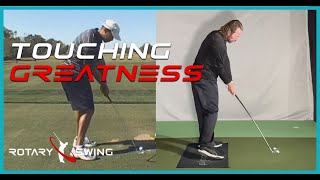
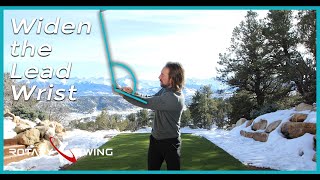
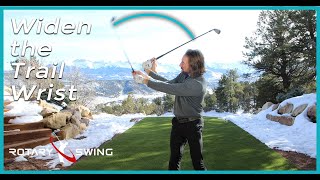
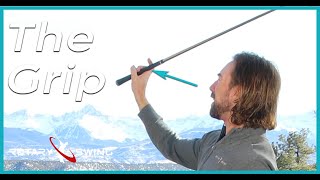
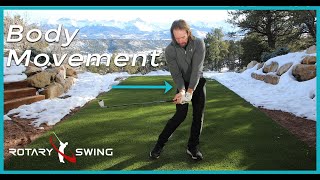

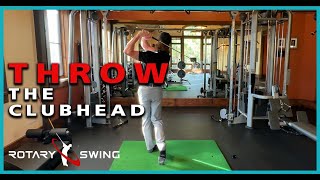






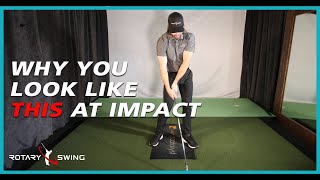
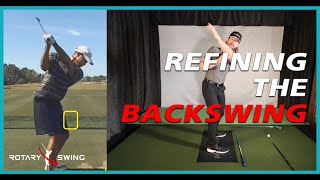
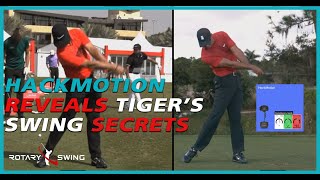
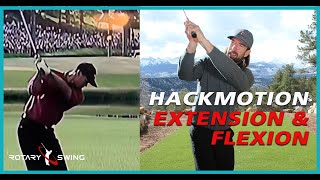

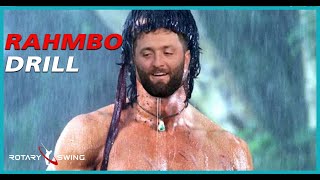
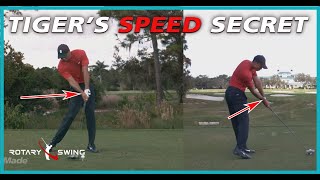




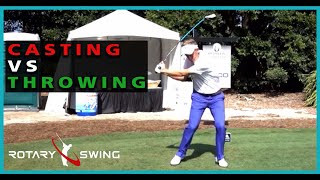
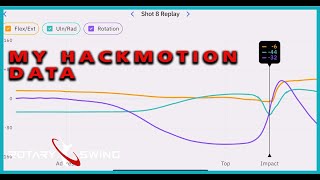
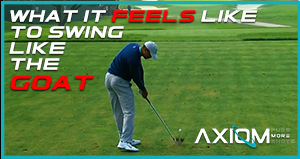

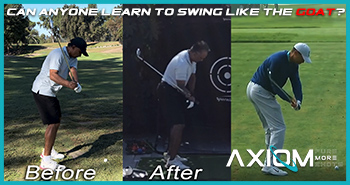

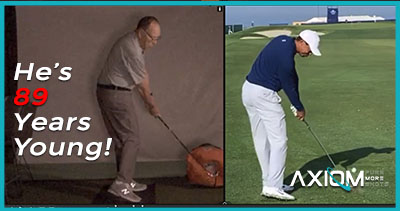

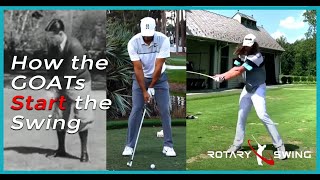
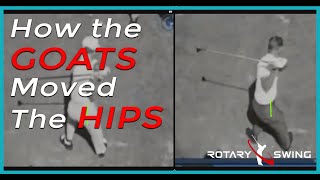
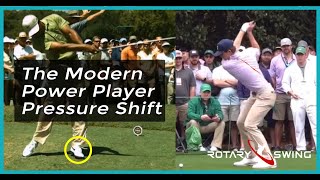
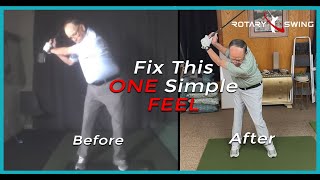
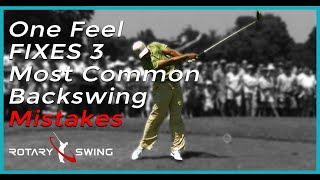
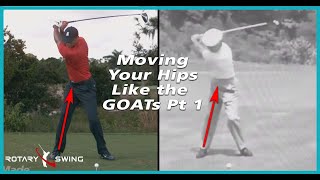
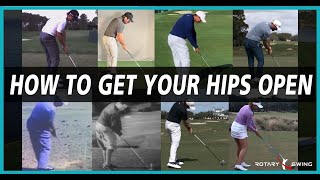
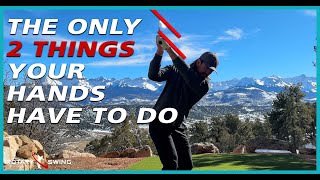
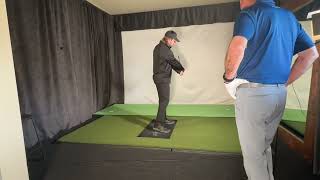
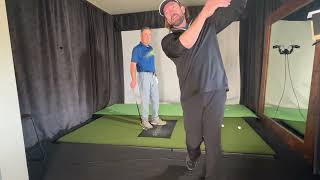
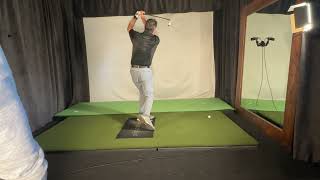
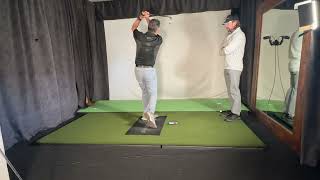
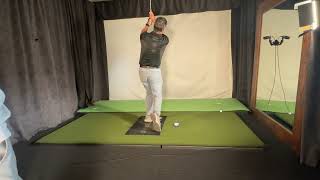
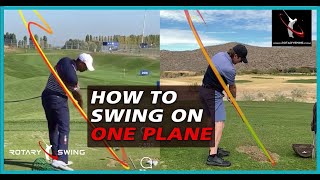
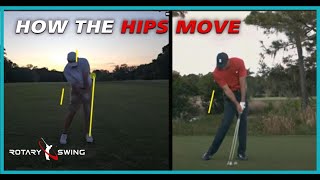
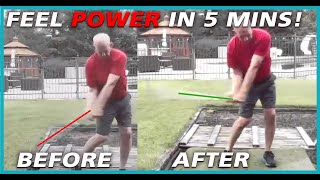
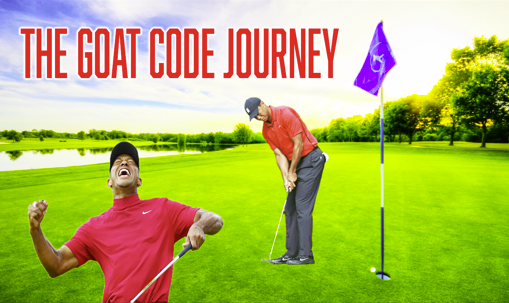
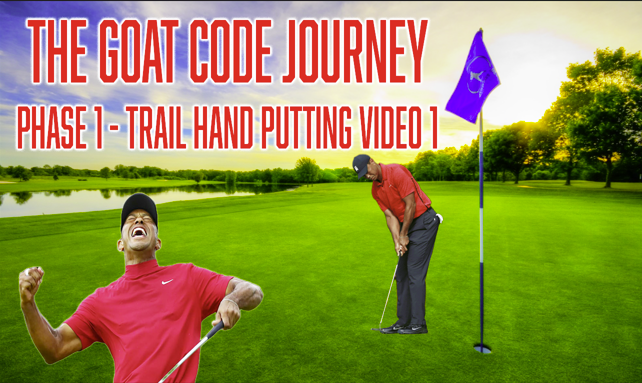
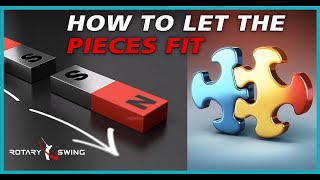

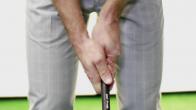
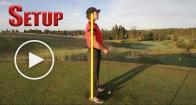
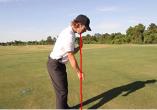
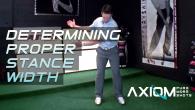
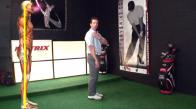
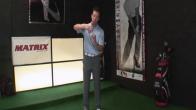
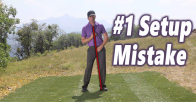
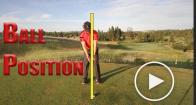
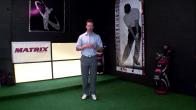
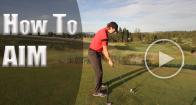
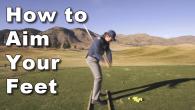
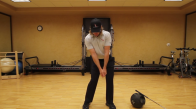
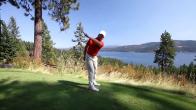
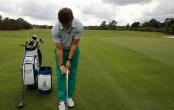
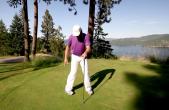
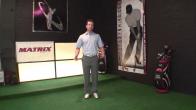
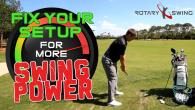

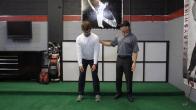
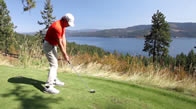
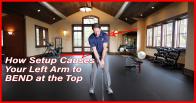


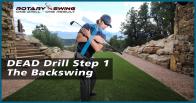
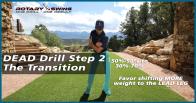
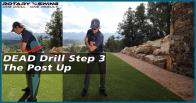

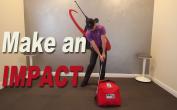
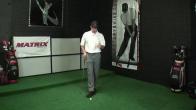
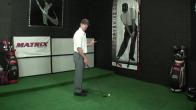
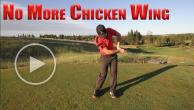
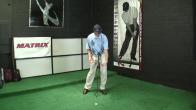
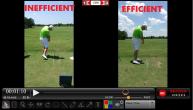
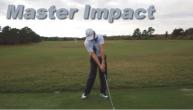
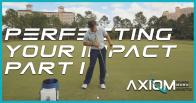
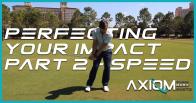
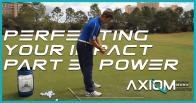
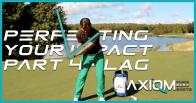
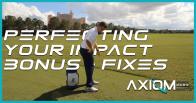
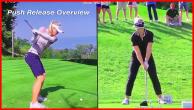

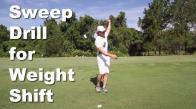
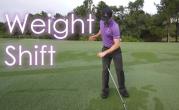
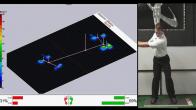
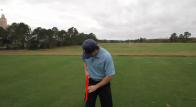
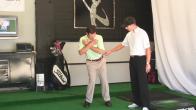
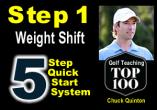
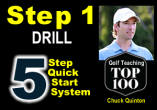
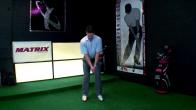
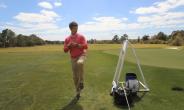

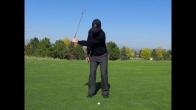
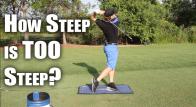
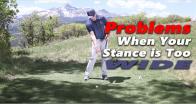

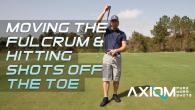
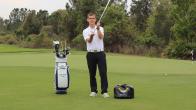
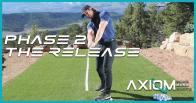
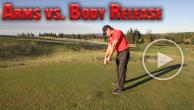

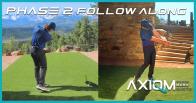
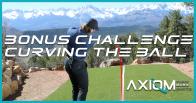

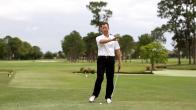
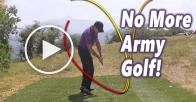
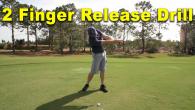


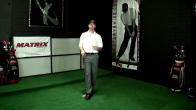
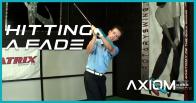
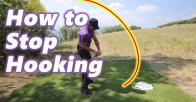

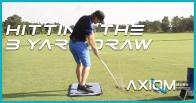



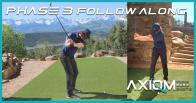

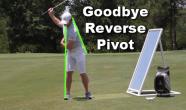
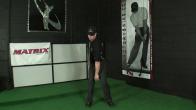
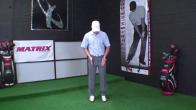
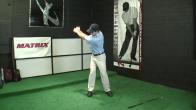
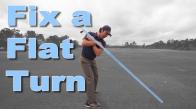

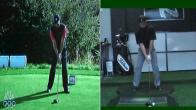
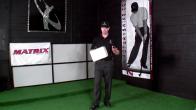
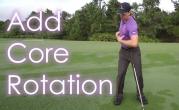
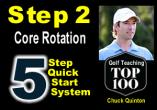
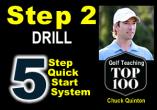
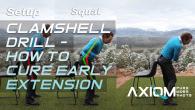
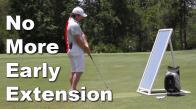
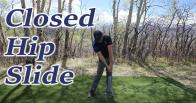

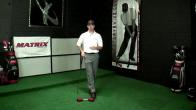
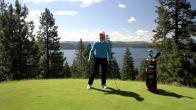
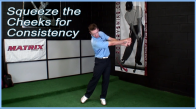
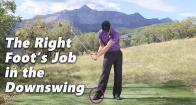
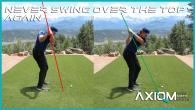


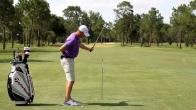
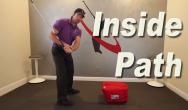

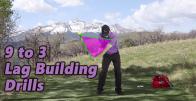

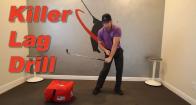
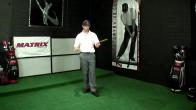
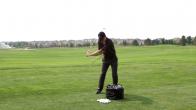
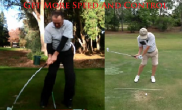


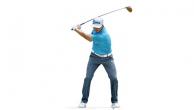

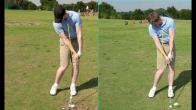
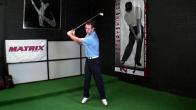
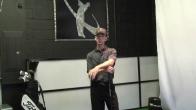
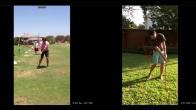

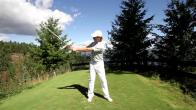

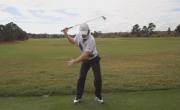
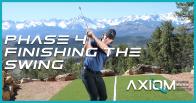
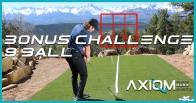
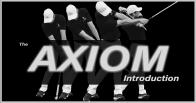

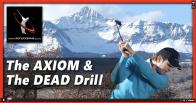
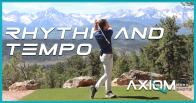
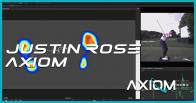
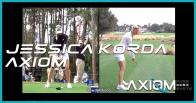
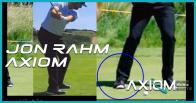
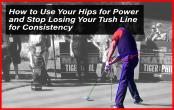
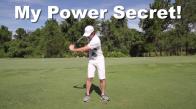
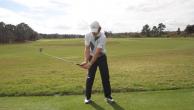
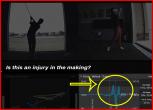
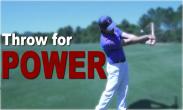
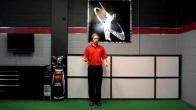

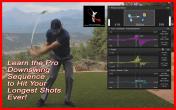



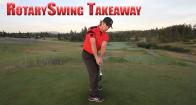

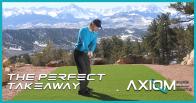
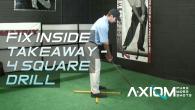
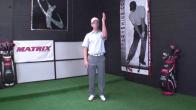
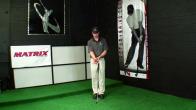


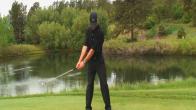
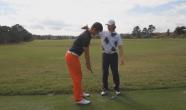
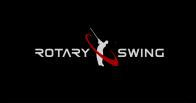
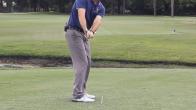
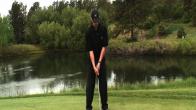
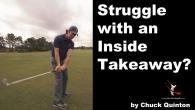
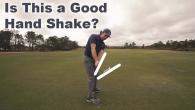
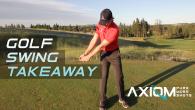
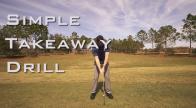

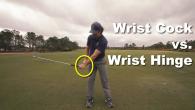
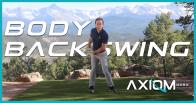
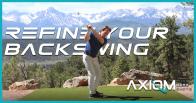
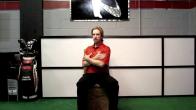
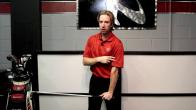
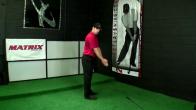
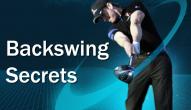
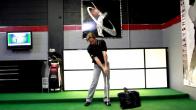
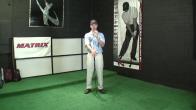
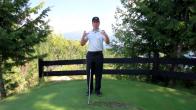
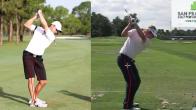
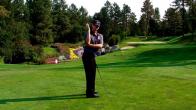

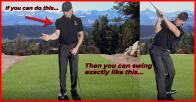

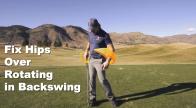
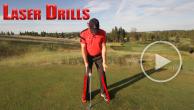
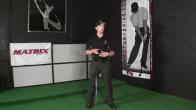
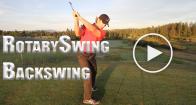
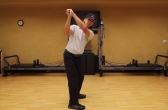
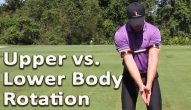
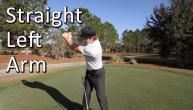




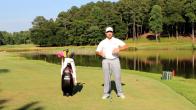
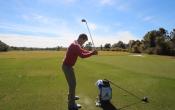




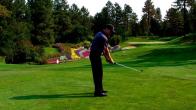
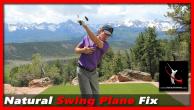
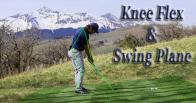
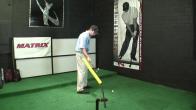
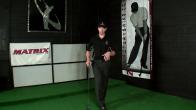
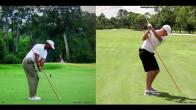

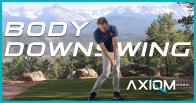

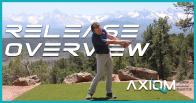
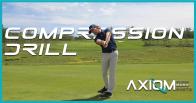
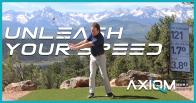
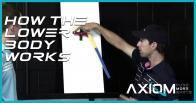
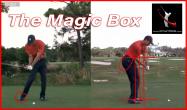
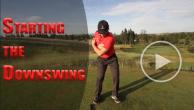
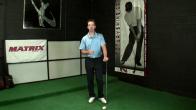
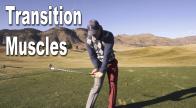
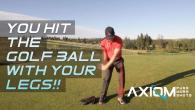
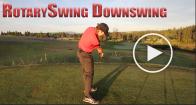
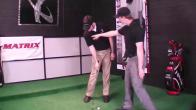
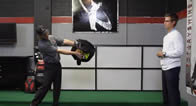
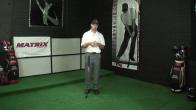
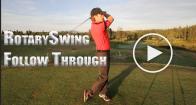
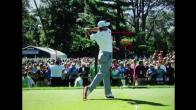
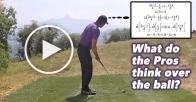
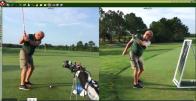

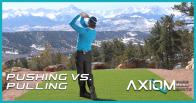
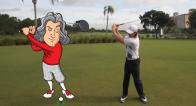
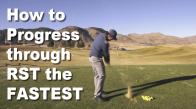
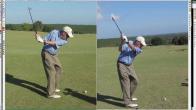
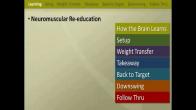
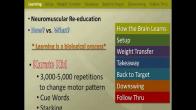
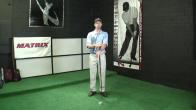
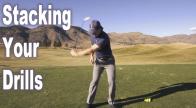
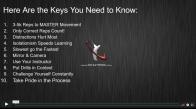
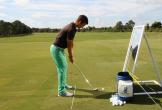
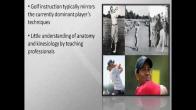
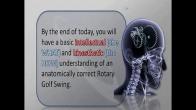
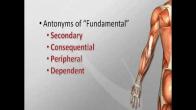
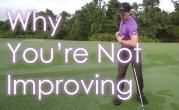

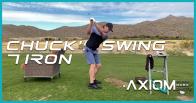
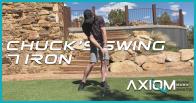
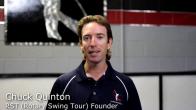
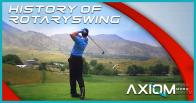
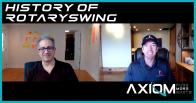
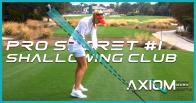
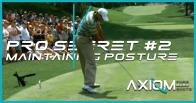
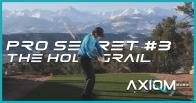
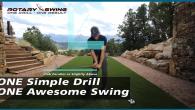
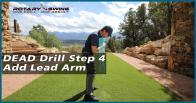
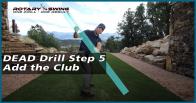
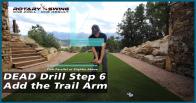
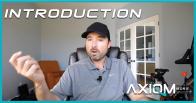
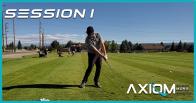
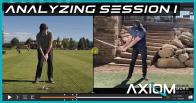
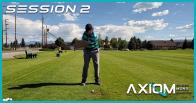
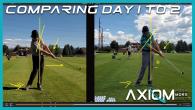
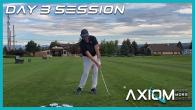

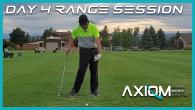
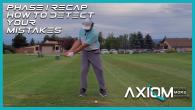
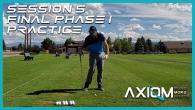
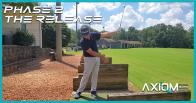

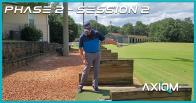
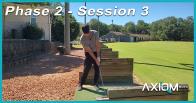
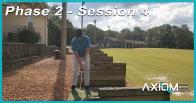
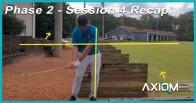
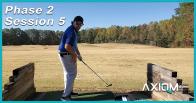
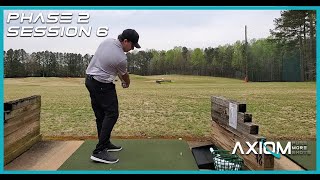
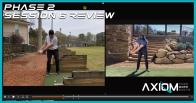
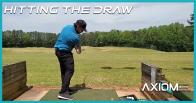













































































































Diane
Craig (Certified RST Instructor)
john
Craig (Certified RST Instructor)
john
Craig (Certified RST Instructor)
Ton
Craig (Certified RST Instructor)
Barry
Chuck
Craig (Certified RST Instructor)
Jonathan
Craig (Certified RST Instructor)
Tom
Craig (Certified RST Instructor)
David
Craig (Certified RST Instructor)
Kevin
Craig (Certified RST Instructor)
William
Craig (Certified RST Instructor)
Greg
Craig (Certified RST Instructor)